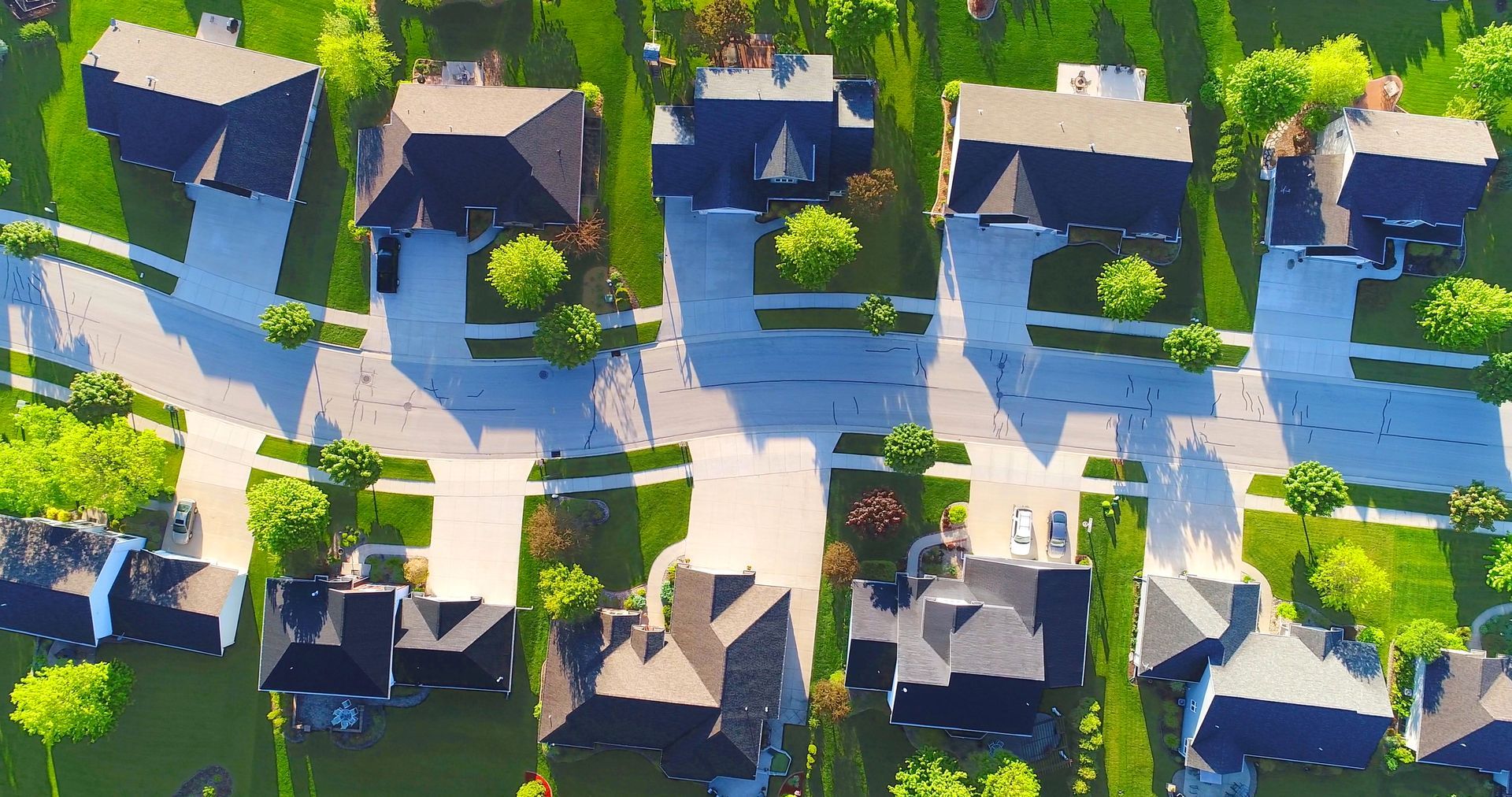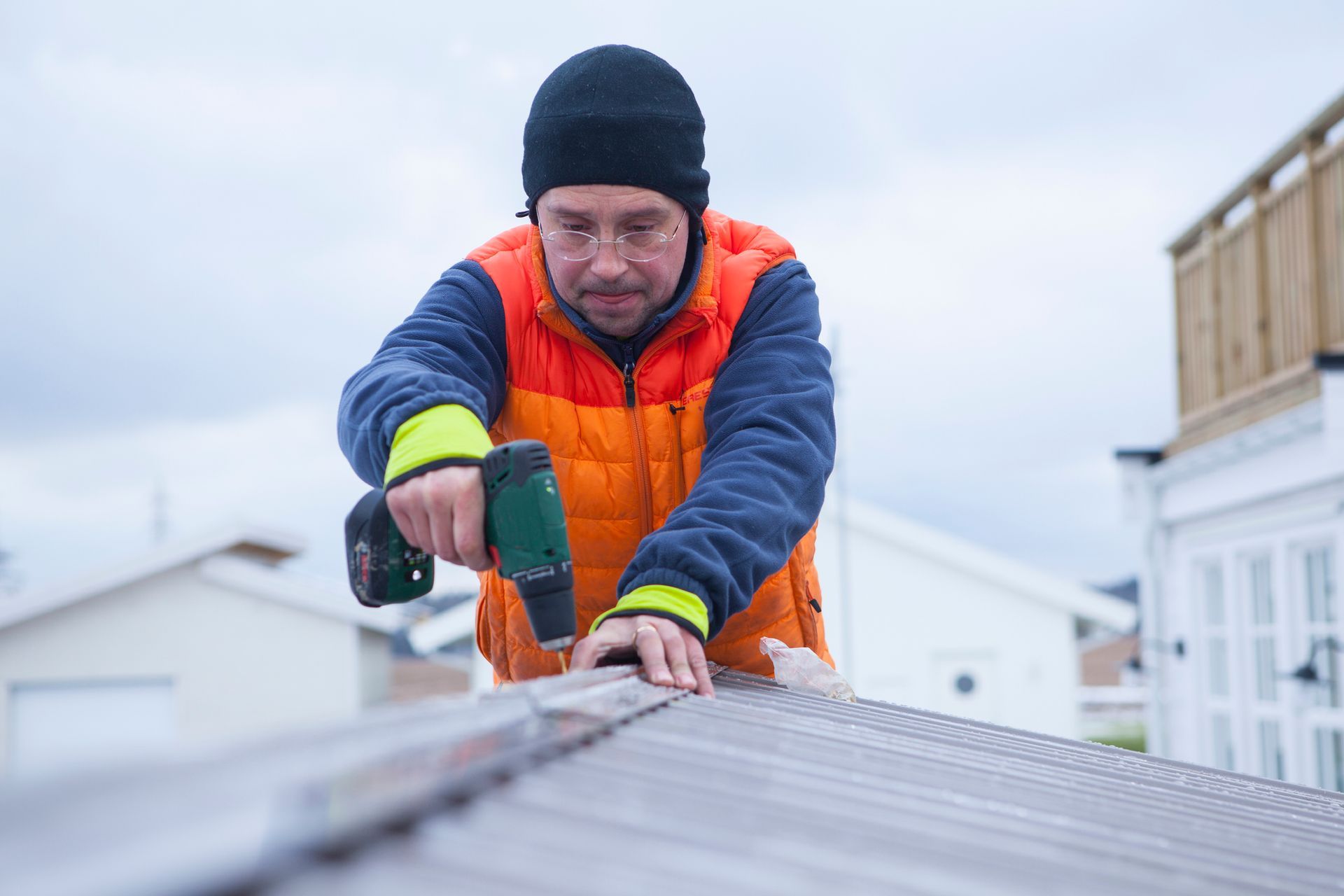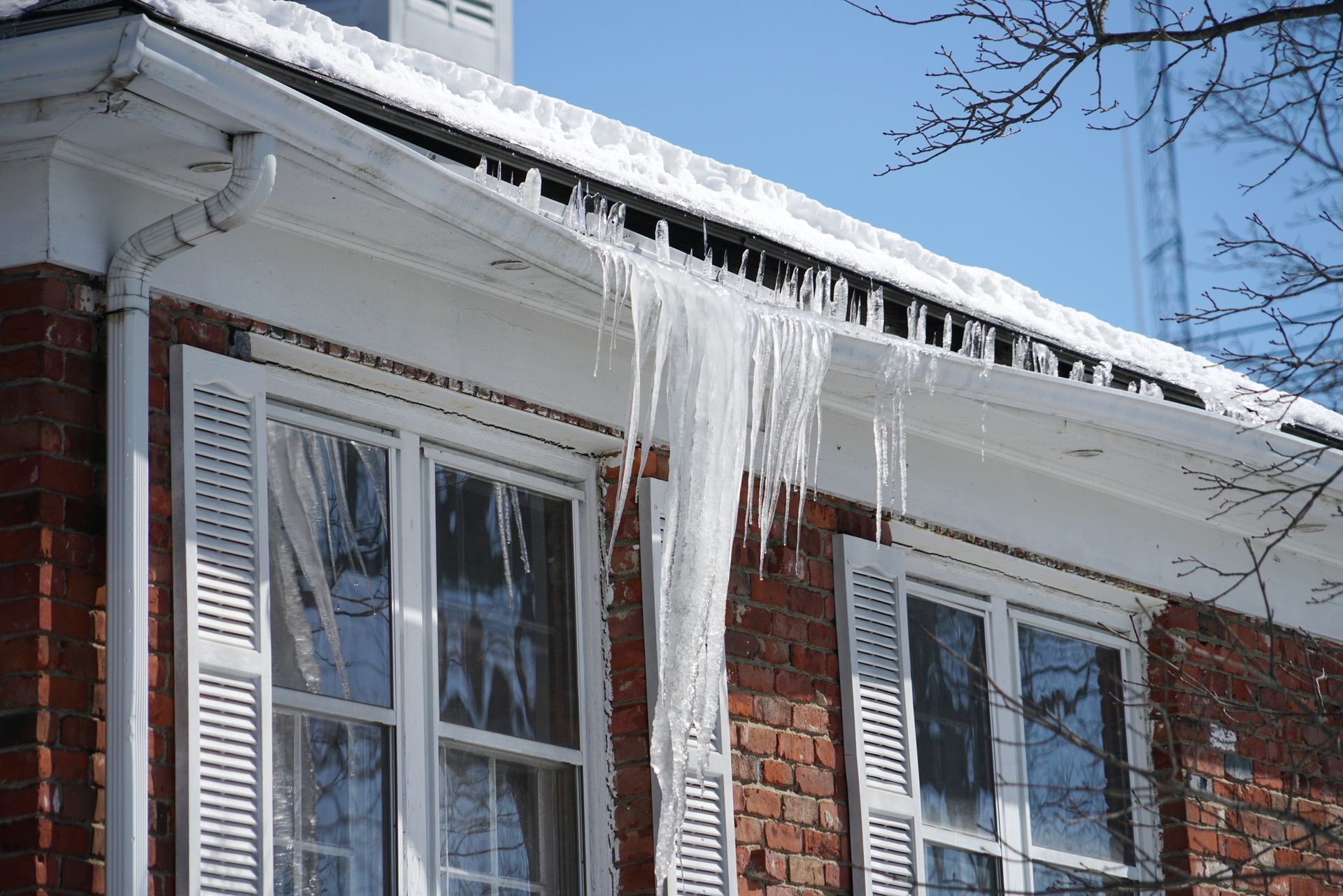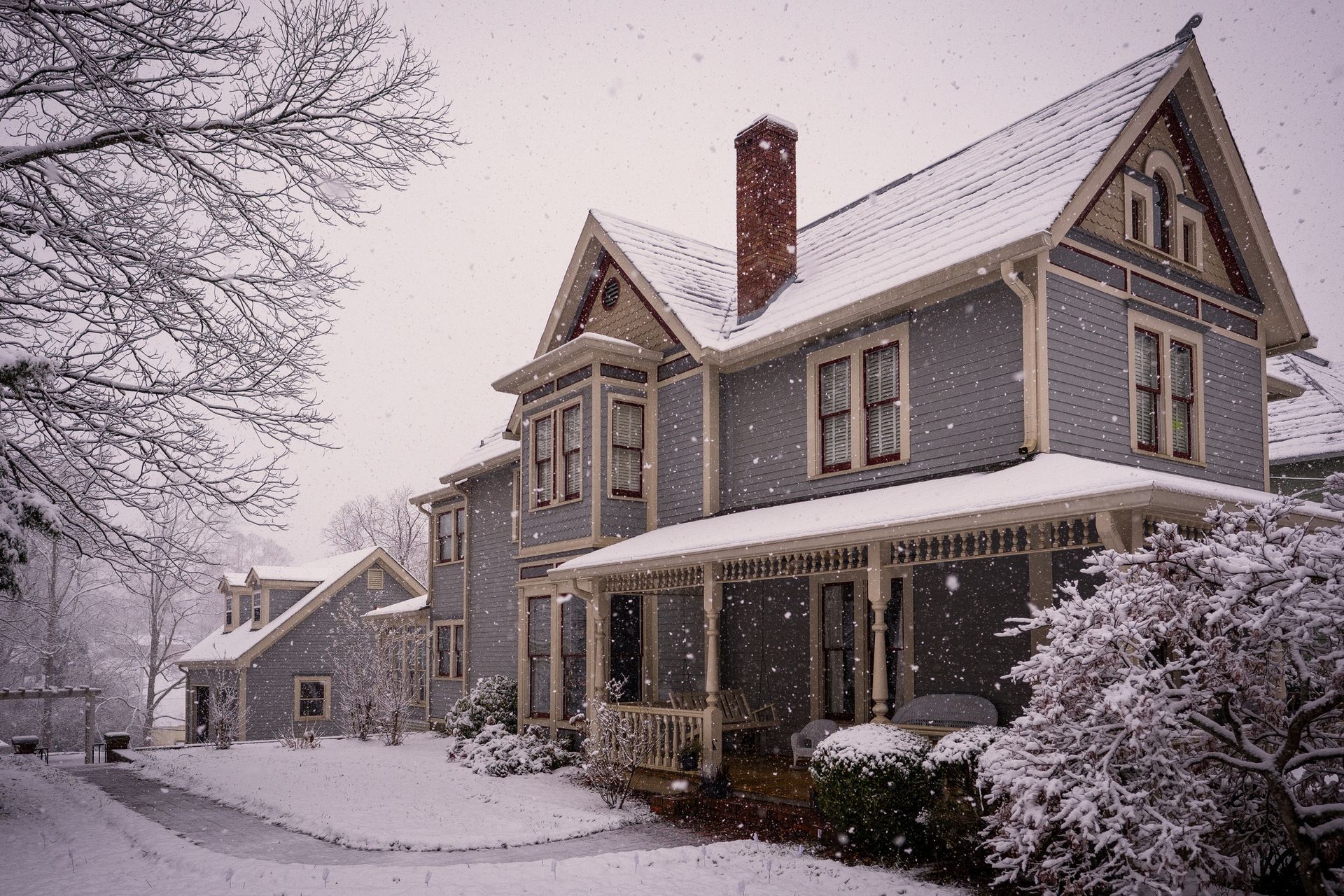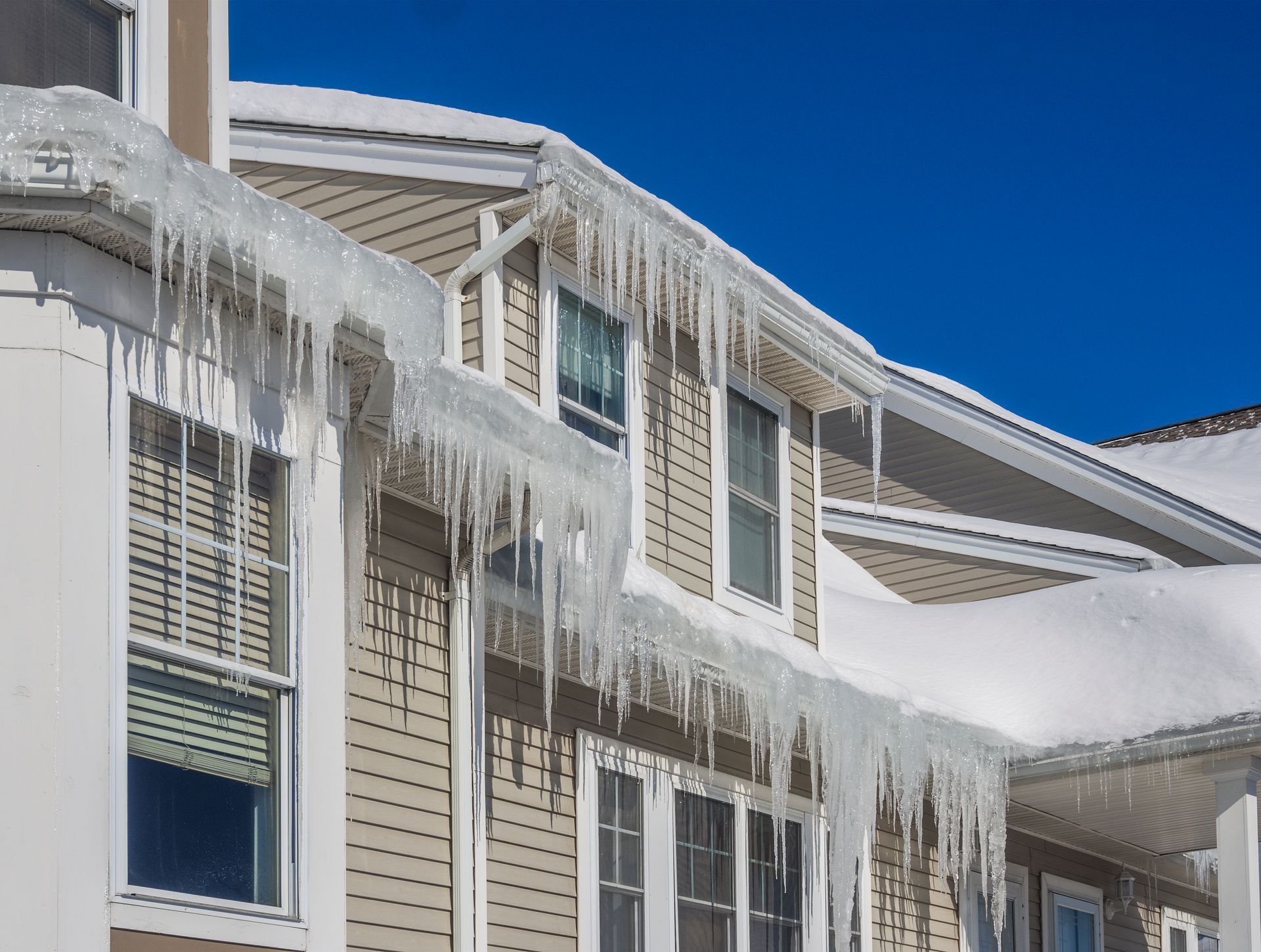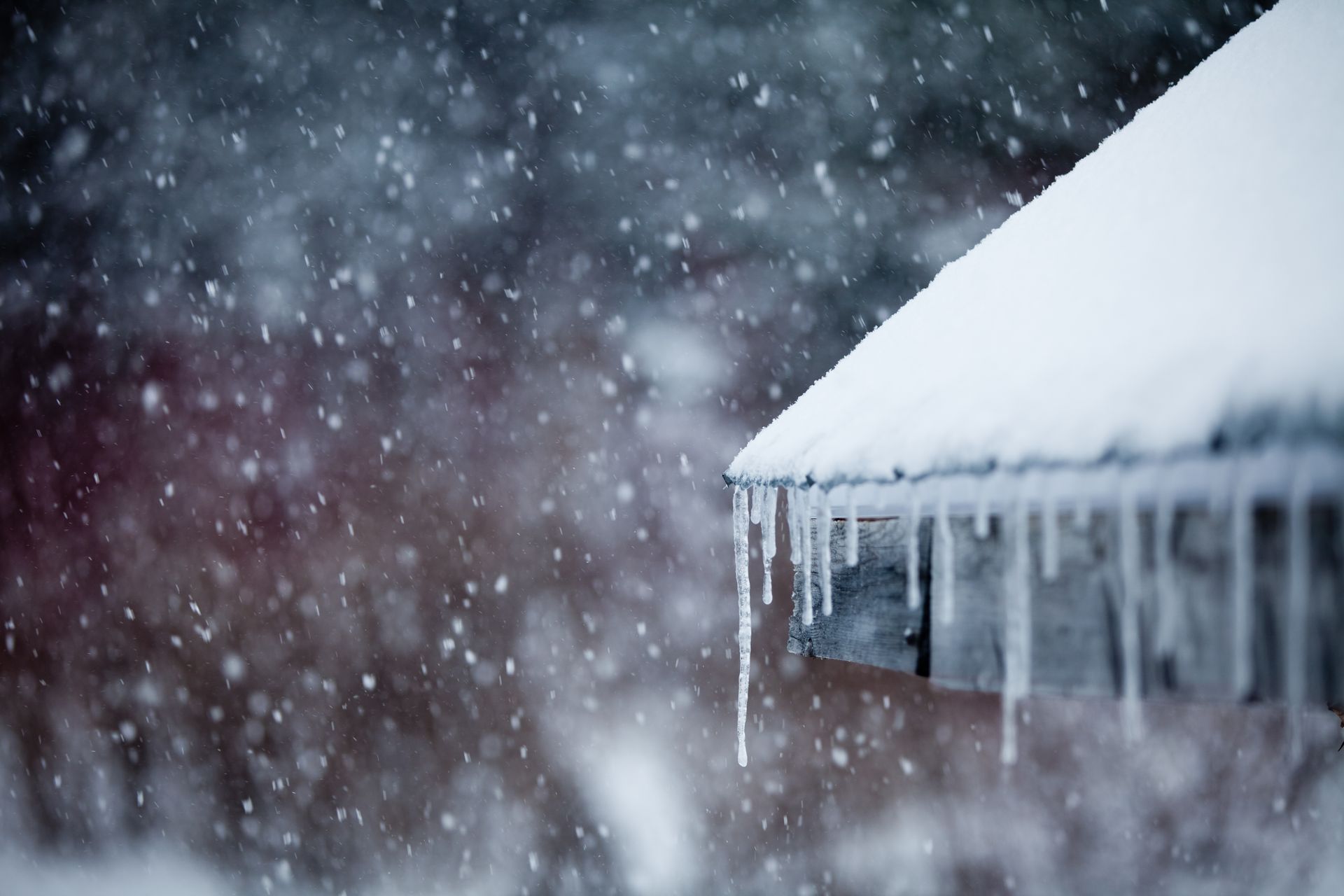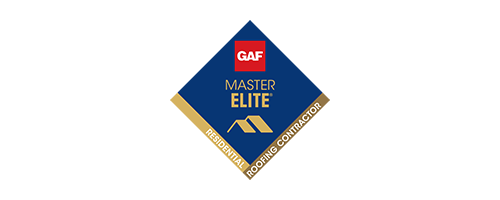Hail Damage and Roofing: What You Need to Know
- By 7011813378
- •
- 02 Apr, 2019
- •
Identifying Hail Damage on Your Roof
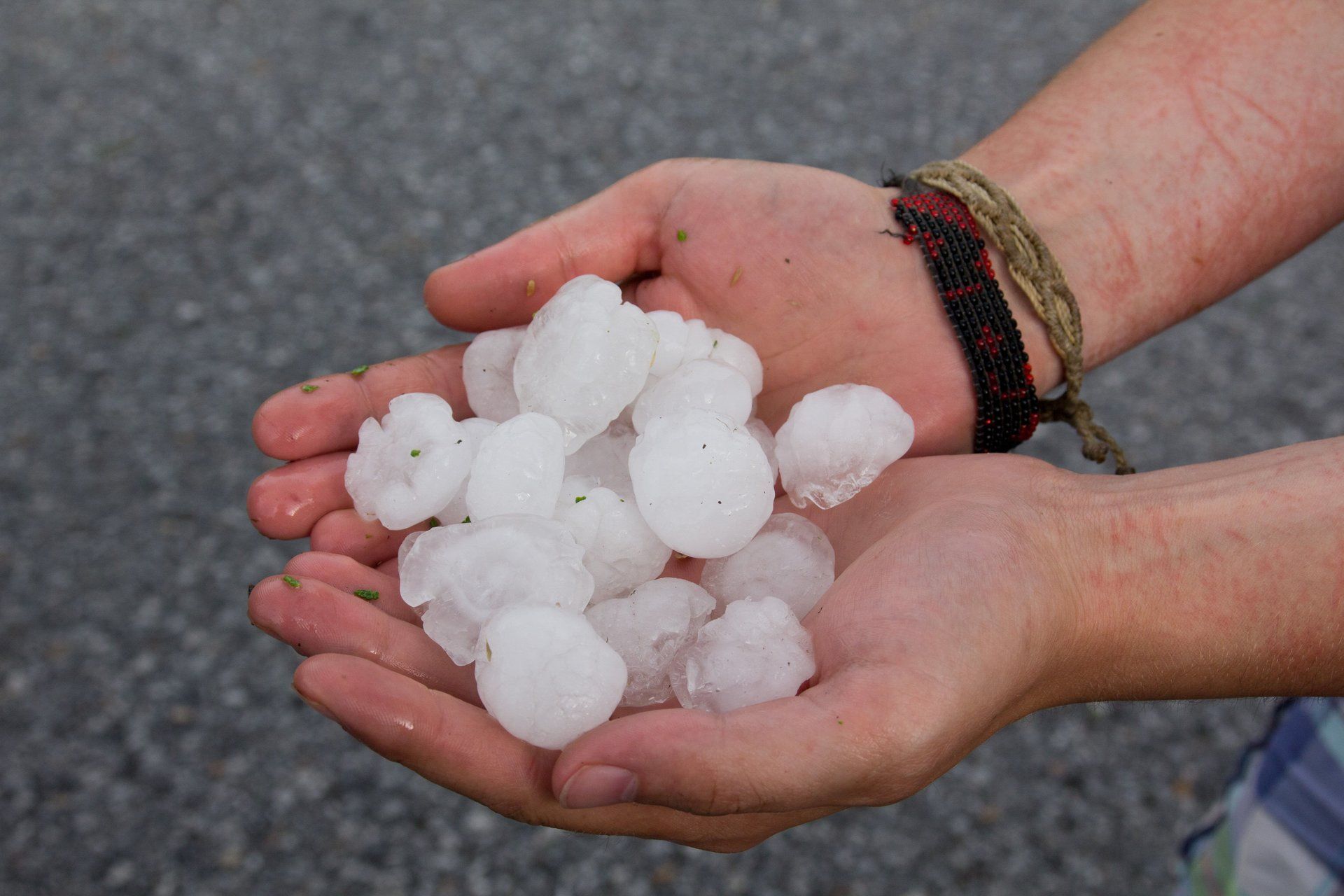
In Northeast Ohio, we are no strangers to extreme weather, and we see our fair share of storms. And we’ve seen everything from wind so strong it takes whole trees down to golf-ball sized hail. We’re lucky to wait out these storms indoors, but our roofs are not so lucky. They must take the brunt of the storm, regardless of the circumstances. That’s why it is important to assess any damage to your roof following a storm—especially a hail storm.
Not
sure where to start? How about here. Spotting hail damage, determining the
difference between cosmetic and functional damage and knowing when to call your
insurance company—we cover all this and more below.
Just because there is hail, even large hail, does not necessarily mean your roof will be damaged. Conversely, pea-sized hail can cause major damage to a roof. When it is safe to go back outside, stand back from your home and look for the following signs of hail damage on your roof:
● Spots of destruction with no obvious pattern
● Black dots or exposed felt on asphalt or composition shingle roofs
● Splits in wood shingles
If you do see hail damage on your roof, you may want to determine if it is functional or cosmetic.
Roof damage is considered functional if it decreases your roof’s ability to shed water or reduces the life expectancy of your roof. Less severe damage, such as discoloration and minor dents in metal that does not affect the functionality or life span of the roof, is considered cosmetic damage.
When To Call In the Professionals
Of course, you should not crawl up on your roof to investigate unless you are a trained professional. Here are some factors in determining the degree of damage potentially caused by the latest Cleveland hailstorm.
● Size, shape and density: Of course the size and weight of hail will have an impact on potential damage. But the real damage is likely caused by the awkward shapes of hail, as they are not perfectly round. If you can, take a look at the hail left on the ground following a storm to see what you’re dealing with.
● Wind speed and direction: Heavy winds will increase the trajectory of hail, and its potential damage. If there were strong winds, expect the damage to be more severe.
● Age and state of roofing: A new roof may hold up to hail better than an older roof. Additionally, different building materials will react differently to hail. For example, aluminum will likely experience dings, but a large piece of hail my penetrate asphalt shingles.
Should you find the factors for damage start adding up, call your insurance agent and your roof repair professional to analyze the damage together. When you need a trusted quality control professional in the greater Cleveland area to assess your roofing damage, contact Final Touch today.
